GUBBIO
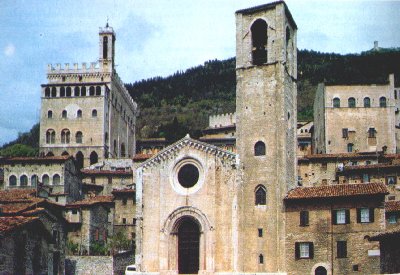 St. John church and The Palace of Consoli
|
THE HISTORY OF THE CITY
_____________________________
 St. John church and The Palace of Consoli
|
_____________________________
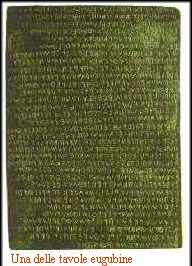
The Roman period left us instead the magnificent Roman Theatre which even our days hosts numerous theatrical manifestations.
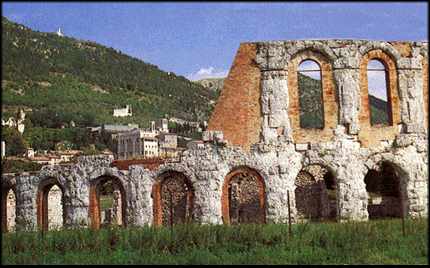
During the medieval times, Gubbio (Agobio) used to be a free town ( comune), strongly supporting the Ghibellini fraction (a political fraction in favour of the Emperor, while the opposite fraction was in favour of the Pope, namely Guelfi). A notable prosperity has been remarkably reached here especially as a consequence of the victory towards the coalition of 11 cities that under the leadership of Perugia city was meant to destroy Gubbio. That decaying age occurred under the dominion of Gabriellis and then of the Church. Starting with 1384 it passed to Montefeltros, the dukes of Urbino, who offered a new splendor to the city. In 1624 it became part of the Papal State and in 1860 started to belong to the Kingdom of Italy.
Today Gubbio is a tourist center of primary importance. The city has about 14,000 inhabitants and the town (commune) (by extension one of the biggest in Italy) counts about 32,000 inhabitants.
Beyond the tourism the local economy is also based on a well developed craftsmanship processing the ceramic, wood and forged iron. The most important monuments are as follows: PALAZZO DEI CONSOLI (The Palace of Consoli) of 1332, PALAZZO DUCALE (The Palace of Dukes) of the late 400s, DUOMO (The Cathedral), TEATRO ROMANO (The Roman Theatre) and BASILICA di S.UBALDO (The Saint Ubaldo’s Church) on INGINO Mountain.
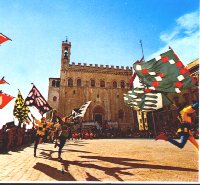 __
__
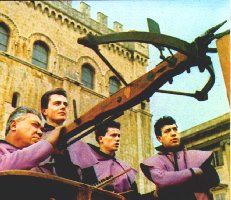 SBANDIERATORI and BALESTRIERI (FLAGS HURLERS and CROSS-BOWMANS ) in Piazza Grande |
The most important demonstration is FESTA DEI CERI (The Wax Feast) on May 15th, the vigil day of the day dedicated to the city protector: Saint Ubaldo.
(To find out more about this feast you can log in www.ciaoumbria.it and www.eugubininelmondo.it/ceri.html).
Here are some other important feasts: CERI PICCOLI (Small wax) and CERI MEZZANI (Middle wax) (which are attended by the Eugubian children and teenagers respectively on the two Sundays subsequent to the Wax Feast) and finally PALIO DELLA BALESTRA (The CROSS-BOWS Competition) which opposites the cross-bowmans of Gubbio towards those of San Marino, San Sepolcro or other cities.
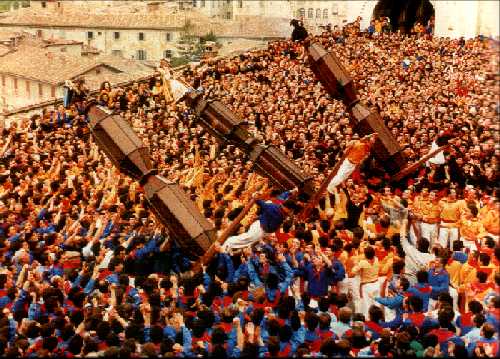 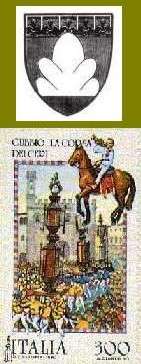 Festa dei Ceri (The Wax Feast), Stemma of Gubbio and the commemorative stamp of the Feast in 1983
|
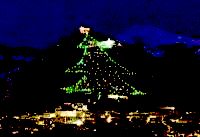 The Christmas Tree
|
And finally we ought to remind that Gubbio has been hosting every year the greatest Christmas Tree in the world. Coloured lights of the lighthouses around make possible the Ingino Mountain to be seen from far away coming from Perugia. This unique sight rends worthy indeed a visit to Gubbio during Christmas time. You should imagine that some airlines have changed their routes in order to allow their passengers to admire from above this entire splendour…
With its base of 450 m wide and 500 m high the tree entered already Guinness Book records.
The top star is 40 m large and 25 m high.
About 19 km electrical cable, 1050 light spots, 2000 plugs are only some of the ‘matters’ which this tree needs to be switched on.
This is to be happen on December 7th. On January 10th, it is switched off.
In the year of 2000, the Chairman of the Tree Committee, Mr. Luigi Monacelli, has consigned a “honorary partner” diploma to Mr. Ubaldo Braccini.
Saint Francesco and the wolf of Gubbio
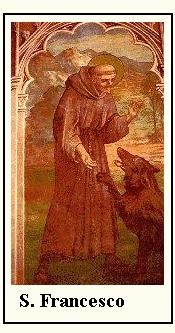
It is worth mentioning here that certain scholars do not consider it being a real wolf but a scoundrel whom the saint succeeded to convert to faith.
Saint Ubaldo – the Bishop of Gubbio
In 1160, when the bishop died, he was immediately proclaimed Blissful and then Saint. His body was preserved in an urn which was subsequently placed in the church consecrated to him on the Ingino Mountain.
Even the great Dante, within his 11th Canto del Paradiso, reminds and quotes the Ingino Mountain and Saint Ubaldo, referring to Chiascio river that is coming out of this mountain:
Intra Tupino e l' acqua che discende
del colle eletto dal Beato Ubaldo,
Between Tupino and the water descending
from the hill chosen by Blessed Ubaldo,
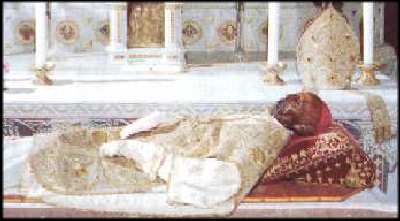 The Urn containing the uncorrupted body of Saint Ubaldo
|
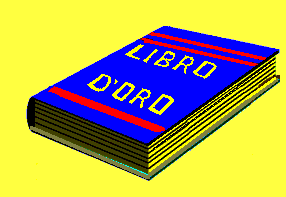
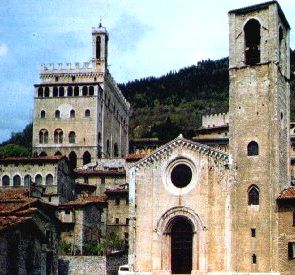 . .
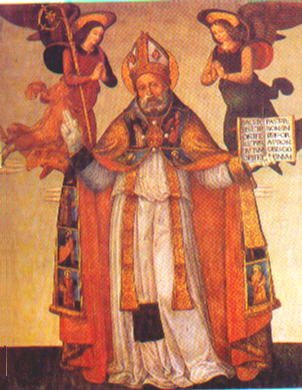 . .
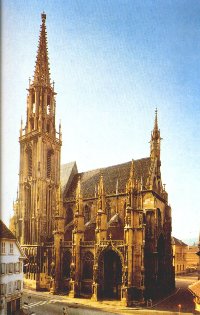
|
Pagina creata da C. Fanucci